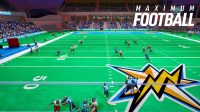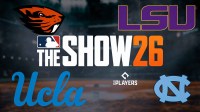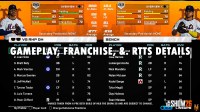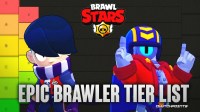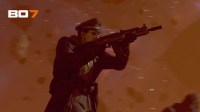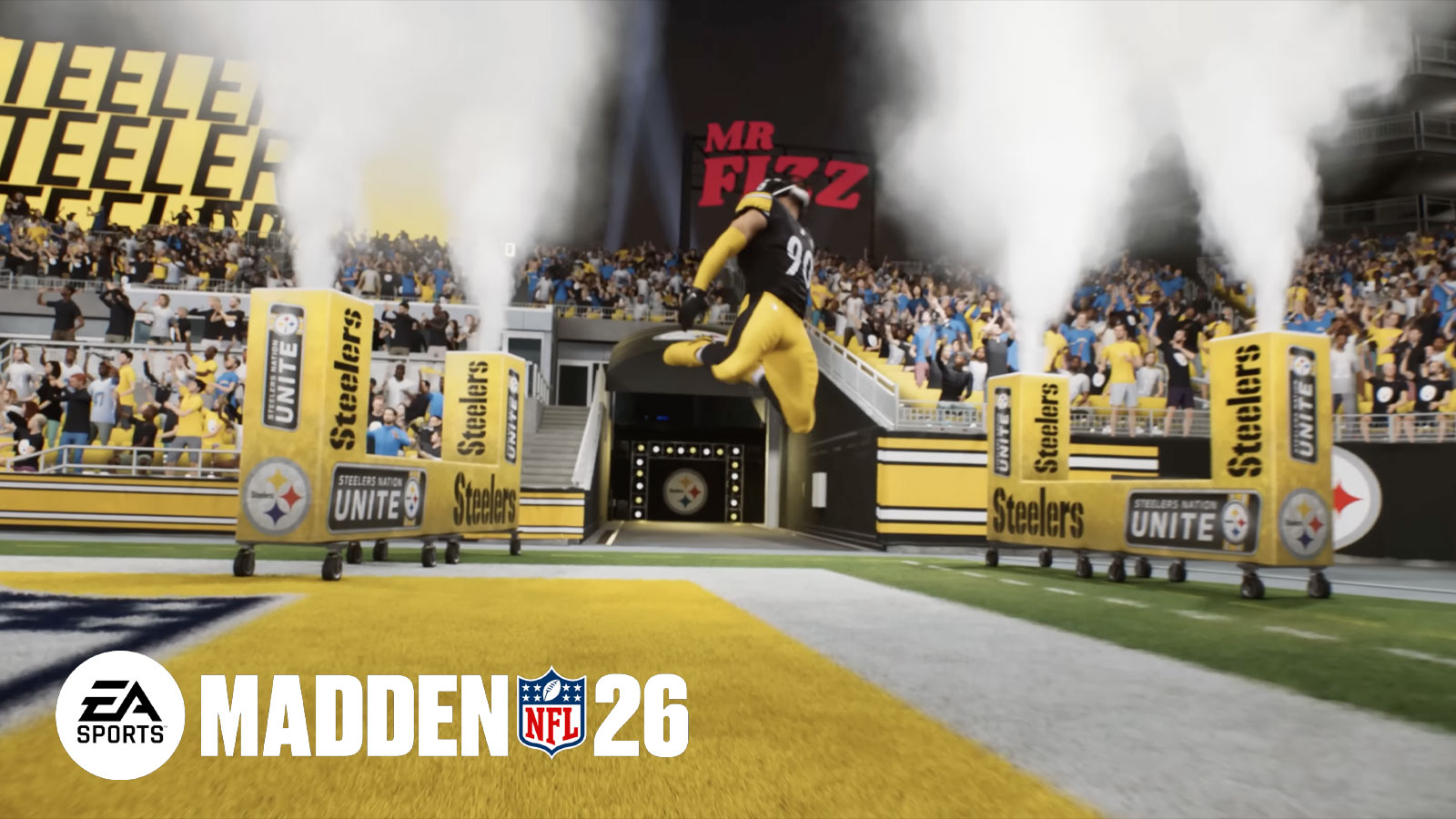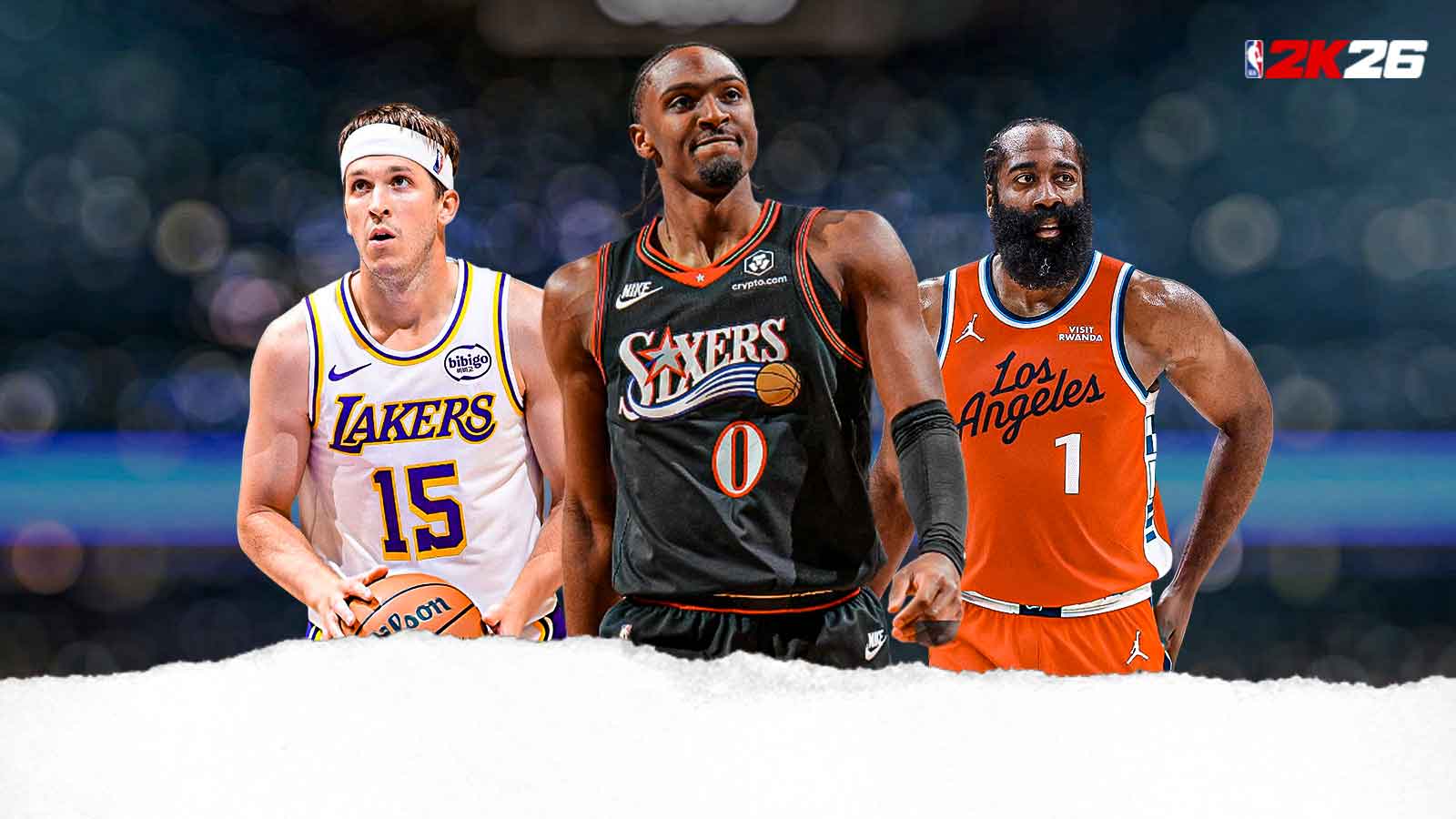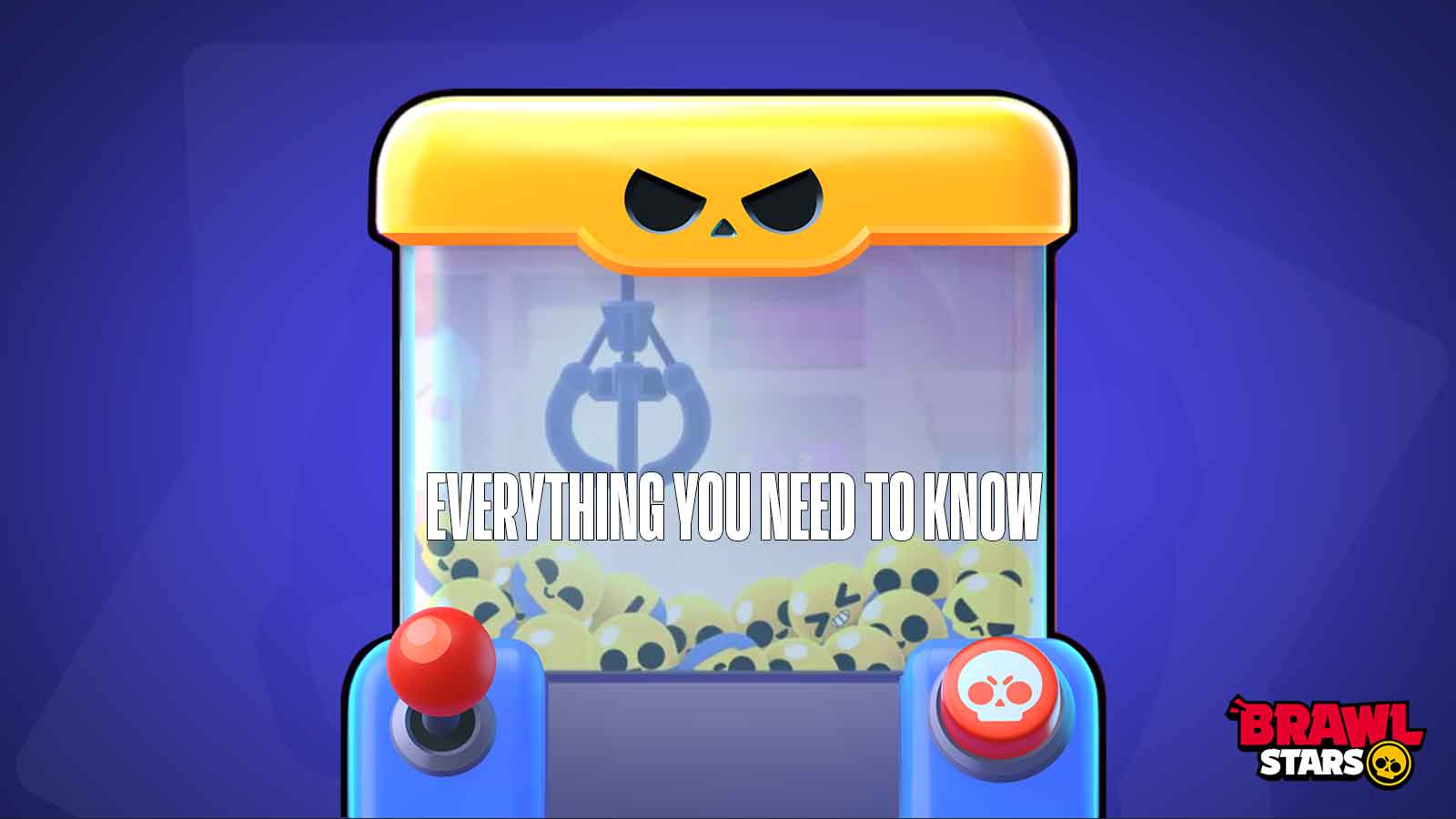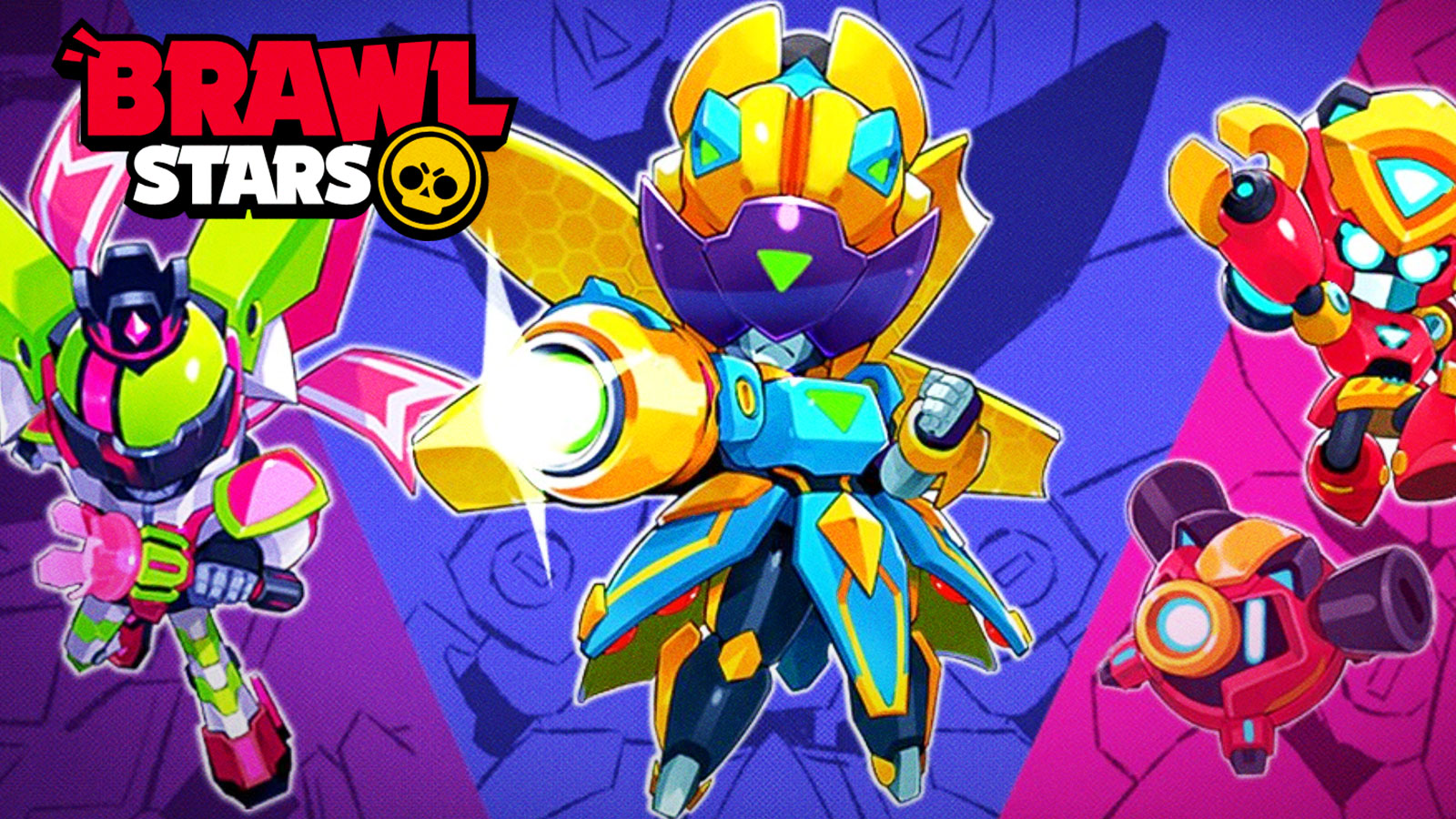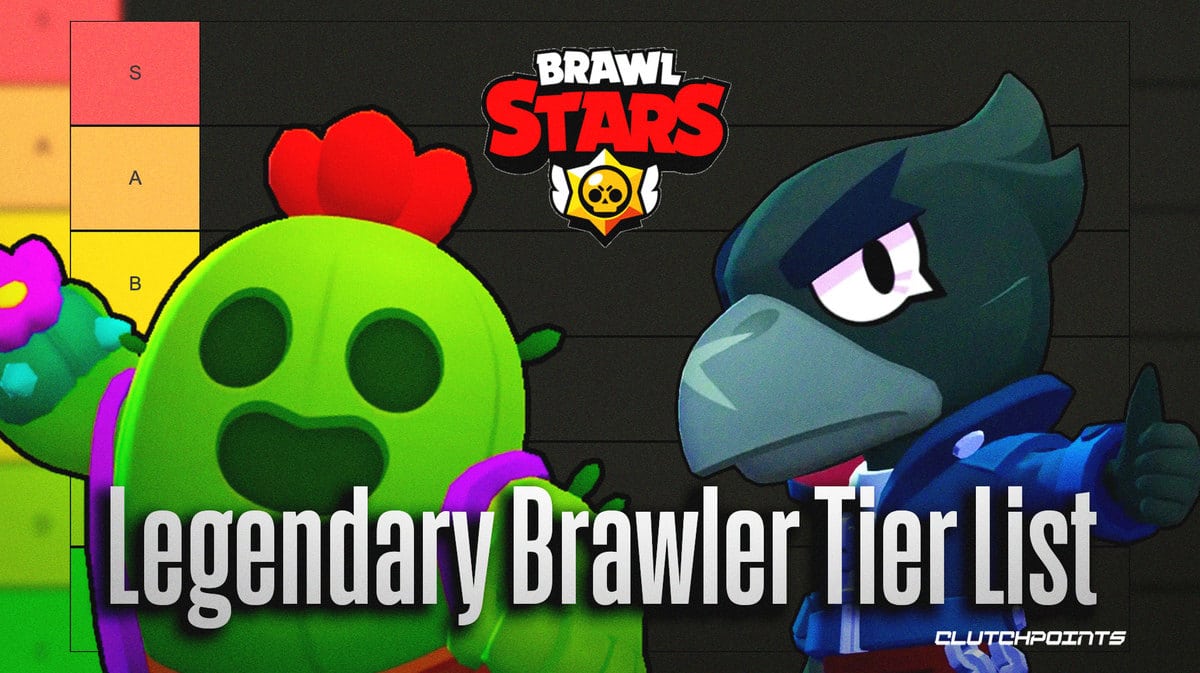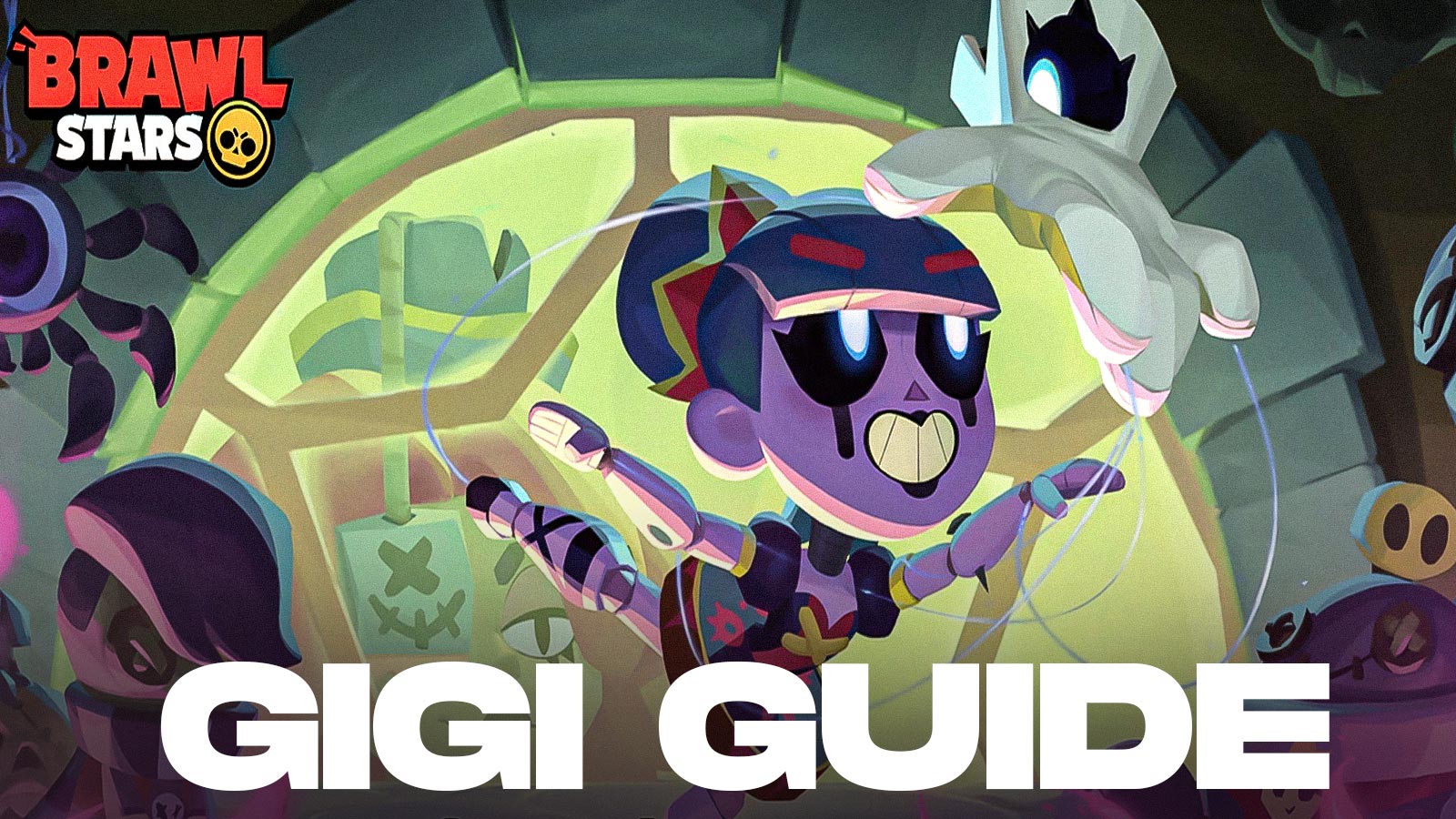The release of the NBA 2K26 player ratings is always met with debate, but this year’s numbers for the Memphis Grizzlies go beyond mild disagreement; they’re flat-out wrong. While Ja Morant and Jaren Jackson Jr. headline the roster, the supporting cast feels like it was graded with outdated scouting reports rather than actual production.
With new head coach Tuomas Iisalo instilling a modernized version of the “Grit and Grind” identity, fast-paced offense, defensive intensity, and ball-sharing, the Grizzlies should be one of the more intriguing teams to watch. Yet their 2K26 ratings don’t reflect reality. Some players are being overvalued based on reputation, while others are unfairly buried despite proving themselves on the court.
Here are five players whose ratings are completely wrong and why 2K missed the mark.
Ja Morant: Still elite, but 91 OVR is a Cop-Out
Ja Morant is the face of the Grizzlies, a relentless slasher and one of the most electrifying guards in the NBA. His 96 dunk rating is justified; few guards attack the rim with his fearlessness. But where 2K26 misses the mark is his overall rating.
A 91 OVR puts him below guards like Steph Curry (94) and Luka Dončić (95), which feels lazy given how dominant Morant has been when healthy. In the 2024-25 season, Morant averaged 23+ points and 7.3 assists before his suspension derailed things. When he’s locked in, his combination of rim pressure, playmaking, and speed makes him nearly impossible to guard.
Ja Morant has the third highest ball handle rating in NBA 2k26
Via @NBA2K pic.twitter.com/hqBXUpgQZy— Playoff MEM (@PlayoffMem) August 12, 2025
Yes, the durability concerns are real, but if Anthony Edwards can leap into the mid-90s after one big playoff run, Morant deserves at least a 93 OVR to reflect his All-NBA ceiling.
Jaren Jackson Jr.: Overrated by reputation at 89 OVR
Jaren Jackson Jr. is a Defensive Player of the Year, but an 89 rating suggests he’s a two-way superstar, which isn’t accurate. While his 82 three-point rating reflects his ability to stretch the floor, the problem lies in how heavily 2K weighs his reputation versus his consistency.
Jackson Jr. remains foul-prone, inconsistent as a rebounder, and struggles to anchor an offense when Morant isn’t on the floor. For a player who disappears offensively in big stretches, an 89 OVR inflates his value beyond what his production warrants.
The @jarenjacksonjr 8️⃣ jerseys have dropped 🔥
ɢᴇᴛ ʏᴏᴜʀꜱ ɴᴏᴡ:
📍 ɢʀɪᴢᴢ ᴅᴇɴ
⏰ 11ᴀᴍ – 6ᴘᴍ, ᴍᴏɴ – ꜱᴀᴛ pic.twitter.com/mfOGmdXj3I— Memphis Grizzlies (@memgrizz) August 11, 2025
A fairer rating would’ve been 86-87 OVR, putting him in the same range as second-tier stars rather than borderline franchise players.
Ty Jerome: Criminally overrated at 81 OVR
This might be the single biggest miss in the Grizzlies’ roster. Ty Jerome is a nice pickup, but an 81 OVR puts him on par with rotation-caliber starters, when in reality, he’s struggled to stay in lineups over the past few years.
Yes, his 86 three-point rating makes sense. Jerome can shoot, but his lack of athleticism, defensive presence, and durability issues make him more of a fringe role player. In no world should Jerome be rated higher than Kentavious Caldwell-Pope (76), a proven playoff performer and championship-level 3-and-D guard.
Jerome should realistically sit in the 74-75 range, not in the low 80s. This feels like 2K blindly rewarding “skill archetypes” without considering actual NBA impact.
Zach Edey: Inflated on potential, not reality at 81 OVR
Edey dominated at Purdue, but rookies rarely enter the league with such high ratings unless they’re consensus top picks. At 81 OVR, he’s graded like an immediate rotation lock, yet his NBA transition remains a massive question mark.
His 7-foot-5 frame and 80 three-point rating are eyebrow-raising. This projects him as a two-way inside-out force, but he hasn’t proven he can stretch the floor in NBA action yet. He also faces major concerns defensively when pulled into space.
Compare that to Chet Holmgren, who entered with an 80-81 rating, but had a more versatile skill set and proven shot-blocking. Edey should’ve been closer to 76-77, reflecting potential without gifting him premature credibility.
Kentavious Caldwell-Pope: Criminally underrated at 76 OVR
This one makes no sense. Caldwell-Pope is a proven veteran, a defensive stopper, and a reliable three-point shooter. On a Grizzlies team desperate for perimeter defense and spacing, he’s one of their most valuable veterans.
Giving him a 76 rating below Jerome, Edey, and even Jaylen Wells (78) is absurd. KCP has started and contributed to championship teams, knocking down clutch threes and locking up wings in the playoffs.
He deserves to be in the 80-82 range, especially when less impactful players like Jerome are inexplicably rated higher. This is the definition of disrespect in 2K.
Why 2K got the Grizzlies wrong
The problem isn’t just individual ratings, it’s how they reflect the Grizzlies as a whole. This is a team that thrives on balance, depth, and versatility. Overrating unproven players like Edey and Jerome while undervaluing battle-tested veterans like KCP skews the entire roster dynamic.
Coach Tuomas Iisalo has emphasized accountability and team-first basketball. Yet 2K26’s ratings lean into hype and potential rather than proven results. This not only hurts realism but also undervalues the “grit” part of Memphis’ new Grit and Grind revival.
If anything, these ratings highlight how disconnected 2K can be from actual NBA context. The Grizzlies have the pieces to be a playoff-caliber team, but their ratings suggest they’re a disjointed roster with misplaced priorities.
The Memphis Grizzlies’ 2K26 ratings are flat-out wrong. Morant deserves a bump, Jackson Jr. needs a slight downgrade, and veterans like Caldwell-Pope are being insulted. Meanwhile, players like Jerome and Edey have been handed inflated ratings that don’t match their real NBA impact.
If 2K wants to maintain credibility, it has to do better than this. Memphis fans deserve ratings that reflect both their stars’ true ceilings and the gritty role players who give this team its identity. Until then, expect every Grizzlies game in 2K26 to feel like a distorted version of reality.


